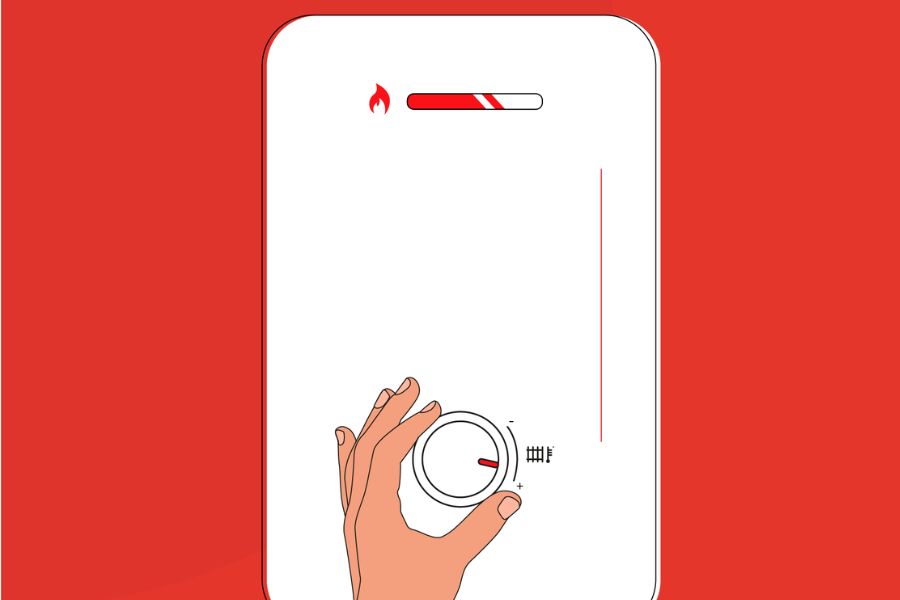Energy saving advice
How to lower boiler flow temperature
19 Jan 2024 • 5 minutes


According to the Money Saving Boiler Challenge – if 10m UK households were to change their boiler flow temperature settings to 60°c or below, they could save around £65 a year on their energy bills. So what is a boiler flow temperature? And how can you set it?
In this guide we’ll explain how you can be part of this great money saving initiative and talk you through how you can make some simple changes to start using your energy more efficiently.
Boiler flow temperature is different to the temperature on your room thermostat. Boiler flow is related to the temperature that your boiler heats up water to, before it’s sent off to your radiators.
It’s thought that many UK households with combi boilers are currently burning more gas than they need to by having their flow temperature set too high.
The best way to explain this is by imagining it like a car. If you’re driving along the road at 30mph in first gear, you’ll be using a lot more fuel than you would if you were going along in a higher gear. This is the same for boiler flow temperature. If you heat your water at a lower temperature, you’ll be using a lot less gas.
Making this simple change could help save energy and money whilst ensuring that your boiler is running as efficiently as possible. Using fossil fuels to heat UK homes accounts for 15% of carbon emissions. So this change could also have a huge global impact too.
Ideally, the flow temperature on your combi boiler should be set to around 60 degrees, or 55 degrees in warmer months. This should give you enough heat to bring your radiators to your desired temperature.
Based on energy prices from September 2023, dropping the temperature to 60 degrees could save you up to £65 per year. On the other hand, having your temperature above 70 degrees will lower the efficiency and performance of your boiler.
The recommendation for water temperature is between 50-55 degrees, however this will usually come down to personal preference.
Ideally what you’re after is a temperature where it’s hot enough to wash and clean with, but not so hot that you have to mix with cold water as this is both a waste of water and energy.
Obviously this can change depending on the make and model of your boiler, but in most cases you’ll find the controls for your flow temperature on the front of your boiler.
Often, water temperature settings will have a tap icon next to them, whereas heating temperature settings can be identified by a small radiator icon. Set your water and flow temperature using the buttons or dial on the control panel. If it’s not clear from looking at your boiler, check your boiler manual for how to do this.

If you have a system or conventional boiler that has a tank or cylinder, then you should err on the side of caution when it comes to reducing the boiler flow and water temperature.
That’s not to say it isn’t possible, but setting your flow temperature too low can cause health problems if bacteria such as legionnaires’ disease is allowed to grow inside your water cylinder.
If it’s not dealt with properly it can be a risk to you and your family. To make sure this is done correctly, you should consult a Gas Safe engineer or ask about flow temperatures in your next boiler service.
This is not so much of a risk with combi boilers as they heat water on demand, whereas tanks and cylinders will hold hot water for use.
Despite saving you some cash on your energy bills and doing your bit for the environment, there’s a few risks that you may want to consider before you turn down your flow temperature.
Before changing your flow temperature, please keep in mind that:
Alternatively, if you’ve had your boiler for a long time and it’s no longer working efficiently, you may want to consider taking out boiler and central heating cover which will keep you protected should something go wrong in the future.
Or if you find that your boiler isn’t quite up to the task, we’re working together with BOXT who will be able to help with a new boiler installation.
Our help & advice articles cover Plumbing, Home heating, Electrical, Energy-saving and Home maintenance.